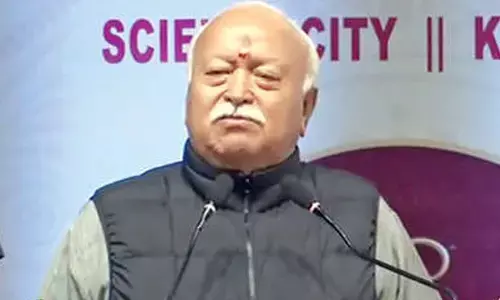The most popular investment options in India and how to combine them for portfolio diversification

In the past two years, the number of high-net-worth individuals in India has increased considerably, their income reaching Rs 344 lakh crore in March 2017, 10% more than in 2016.
In the past two years, the number of high-net-worth individuals in India has increased considerably, their income reaching Rs 344 lakh crore in March 2017, 10% more than in 2016. According to Capgemini's 2017 World Wealth Report, the growth rate of Indians with investable wealth over $1 million has reached 9.5%, which is more than the Asia-Pacific average of 7.4%. This is an interesting shift for the region because this growth also corresponds to a change in investing habits.
For many years, the Indian investment market was dominated by traditional investments and tangible assets such as gold, jewelry, and real estate. Although these asset classes are still dominant, for the first time we can see a significant boost in the investment rate in financial assets such as fixed funds, mutual funds, and even alternative investments. According to a recent study, gold (23.59%) and real estate (19.86%) are the dominant forms of investment, followed by:
* fixed deposits and bonds (13.18%),
* direct equity (10.61%), and
* insurance (9.12%).
This growing interest in financial assets appeared mainly because of the reforms of Prime Minister Narendra Modi, such as the demonetization and the Real Estate (Regulation and Development) Act (RERA). However, there has also been increased awareness of the benefits of financial assets and portfolio diversification. Considering that individual wealth in India is expected to double by 2022, experts forecast that physical asset investments will slow down and that 63% of it will be contributed to the wealth in financial assets.
The stock market is still dominated by high-net individuals
The Indian investment market relied heavily on conservative options, especially given that many people in India don't have an active bank account. However, after 2014, the stock market seemed to roar and the NSE index reached an unprecedented return of 42%. Statistically, the percentage of Indians who invest in the stock market is still the same as in the 90s and, compared to countries like American and China, were regular people invest in the stock market, only high-net Indians dabble with stocks.
Although things are slowly beginning to change, the average Indian perceives stocks and other forms of financial investing as high-risk and fears barriers of entry. Other reasons why only affluent individuals engage in trading include:
There is a lack of awareness of how trading works
In India, most traders are bankers, workers in the financial sector, executives, lawyers, and other professionals who earn six figures and have at least basic financial knowledge. Although students and young professionals are catching up, small business owners and regular individuals don't understand the earning potential of trading. In India, it is possible to trade not just at the stock market, but also trade Forex online or use binary options brokers. Forex and binary options are currently preferred by the tech-savvy population or foreign investors who move to India.
Trading is still subject to many myths
Due to the lack of awareness, the stock market, Forex, and binary options are associated with many myths that make people stick to physical assets. For example, inherent trading risks are often misinterpreted, and people believe that putting their money into stocks is the same as gambling, although the trends of the stock market are never random. In addition, many Indians believe that trading has high barriers to entry and that you need to be a finance expert in order to succeed. While this may have been the case a few decades ago, now everyone can trade because trading platforms offer demo accounts for beginners, as well as extensive trading guides. Most of these myths stem from the fact that, in terms of financial education, India still has one major problem: basic financial education isn't covered in schools, and, apart from a few MBA, NSE and BSE programs, students don't have access to finance certificates.
How to manage risks when combining physical and financial assets
As every professional investor knows, there is no such thing as an investment product with low risk and no returns. In general, the higher the risk, the higher the returns. However, this risk can be managed depending on the available funds and your long-term needs. For example, one way to do this is to diversify your portfolio and combine physical assets with financial ones.
Beginners can start with traditional investment options, such as buying a local property or buying gold jewelry from the local jewelry supplier and then join a Public Provident Fund or a Mutual Fund (SIP). Although these two options do not provide impressive returns, they are still more profitable than simply keeping your money in a savings account with an insignificant interest. In addition, both Public Provident Funds and mutual funds are low-risk, which makes them ideal for beginner investors. However, keep in mind that these are long-term investments and you will not be able to withdraw your money whenever you want. For example, in the case of a Public Provident Fund, you can only withdraw them at the end of the sixth year, so an emergency fund will still be necessary. As you begin to learn more about the financial market, you can move on to small transactions at the stock market, and create demo accounts with Forex and binary options, which have higher risks, but also high returns. In time, you will learn to combine low risk and high-risk investments, so that if at one point an asset class is no longer lucrative, you can continue making revenue from another.



















